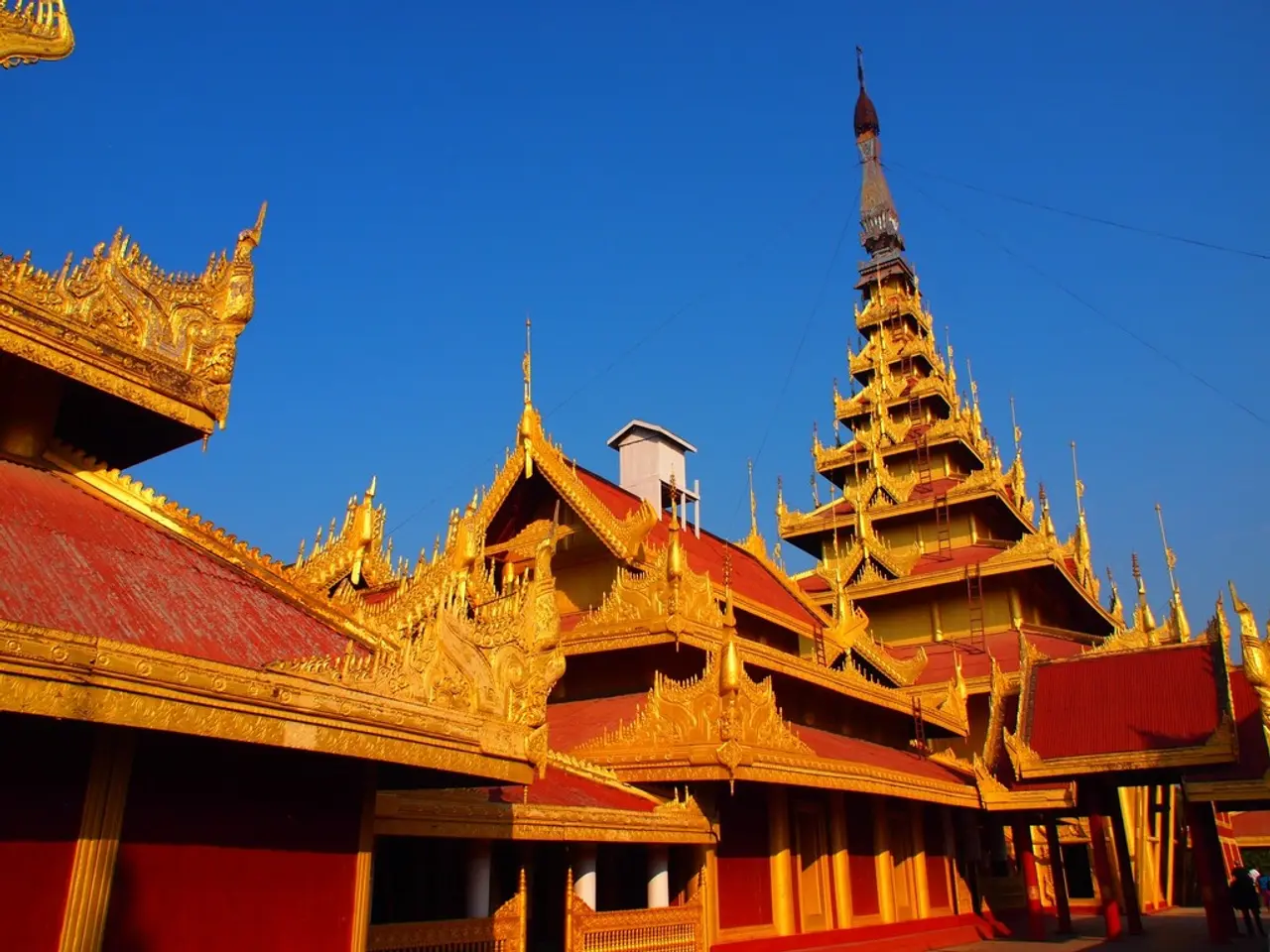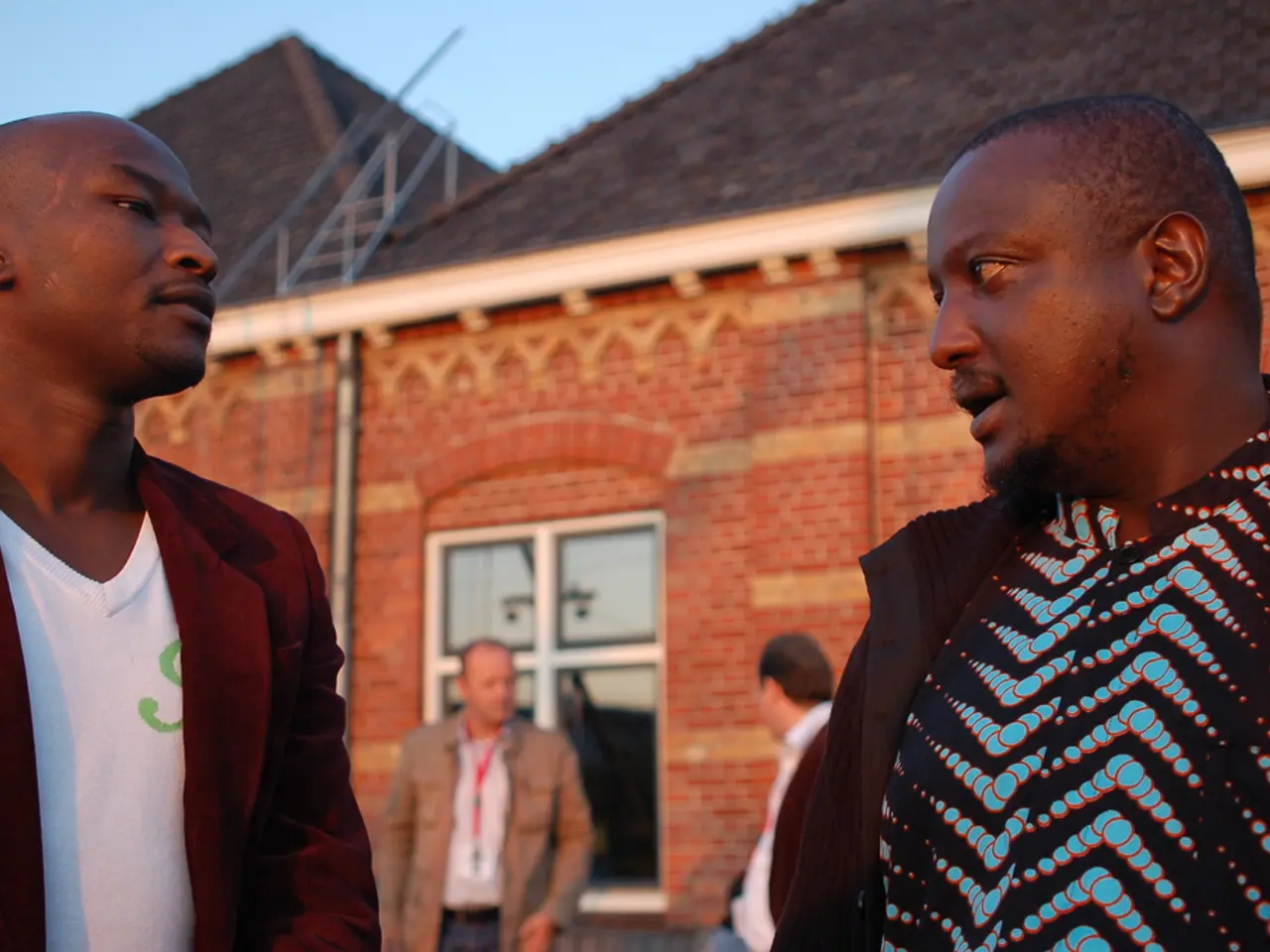Rupali Ganguly Expresses Outrage Over Destruction of Satyajit Ray's Ancestral Home in Bangladesh: Despicable and Unpardonable
In the heart of Mymensingh district, Bangladesh, a historic property faced the threat of demolition. The building, initially deemed dilapidated and unsafe, was reportedly owned by a local zamindar and had housed the Mymensingh Children’s Academy before the demolition plans were set in motion [2].
However, the proposed demolition sparked controversy, particularly in India, where it was claimed that the house was the ancestral home of Satyajit Ray’s grandfather, Upendrakishore Ray Chowdhury, a prominent Bengali writer [1]. The Indian government expressed "profound regret" at the planned demolition and offered cooperation with Bangladesh to repair and reconstruct the property as a potential cultural museum [1][2].
The ensuing diplomatic intervention prompted Bangladesh to halt the demolition and form a committee to review the matter, including the possibility of reconstruction [1]. Yet, after a thorough verification process, Bangladeshi authorities found no evidence linking the house to the Ray family [3].
Despite this, the halt in demolition and the formation of a review committee appear to have been a direct response to Indian diplomatic pressure and public concern in both countries [1]. Television actor Rupali Ganguly strongly condemned the demolition, calling it "Disgusting and unforgivable!" and adding that it was a message that Bangladesh fears art and erases legacy [4].
| Event | Bangladesh’s Stance | India’s Response | Outcome | |-------------------------------|-------------------------------------|-----------------------------------------|---------------------------------| | Planned Demolition | No family link, not protected, unsafe| Claimed heritage site, expressed regret | Demolition halted, committee formed to review[1] | | Verification Process | No historical connection found | — | No evidence of Ray family link[3] | | Diplomatic Intervention | Responded to Indian concern | Offered cooperation, sought preservation| Review underway, no further demolition for now[1] |
It is important to note that the house in question belonged to an ancestor of Upendrakishore Ray Chowdhury, not to Ray or his direct ancestors. Interestingly, the house in Kotiadi, where Upendrakishore Ray Chowdhury lived, is a protected structure [5].
The Indian government has stood firm in its belief of the historical importance of the property, citing its connection with Bengali culture [6]. Faisal Mahmud, minister (press), Bangladesh High Commission, confirmed that Ray never lived in the Mymensingh house [7]. The filmmaker's ancestral home, locally known as 'Durlov House', remains untouched.
In conclusion, the proposed demolition of the building in Mymensingh was driven by its poor condition and lack of recognized heritage status in Bangladesh. The intervention of the Indian government, based on the belief that the house was linked to Satyajit Ray’s family, led to a temporary halt in demolition and a review of the property’s historical significance, despite Bangladeshi authorities maintaining there is no evidence of such a connection [1][2][3]. The ongoing review process and potential reconstruction committee offer a glimmer of hope for preserving this piece of cultural heritage.
The controversy surrounding the proposed demolition of a historic property in Mymensingh, Bangladesh has not only sparked diplomatic intervention but also garnered attention in the arena of pop-culture, with television actor Rupali Ganguly expressing her disapproval [4]. The planned demolition, despite being halted, raised questions about the value placed on cultural heritage and celebration of icons of the arts, like Satyajit Ray [4]. Moreover, the proposed reconstruction of the property could potentially create a space for showcasing sports, health, and cultural artifacts related to Ray's legacy [5], adding an element of entertainment and education to the preservation effort.




